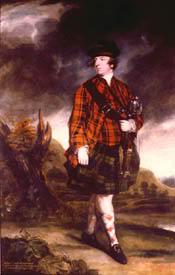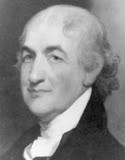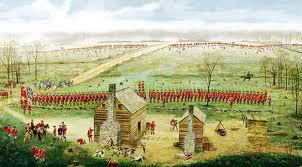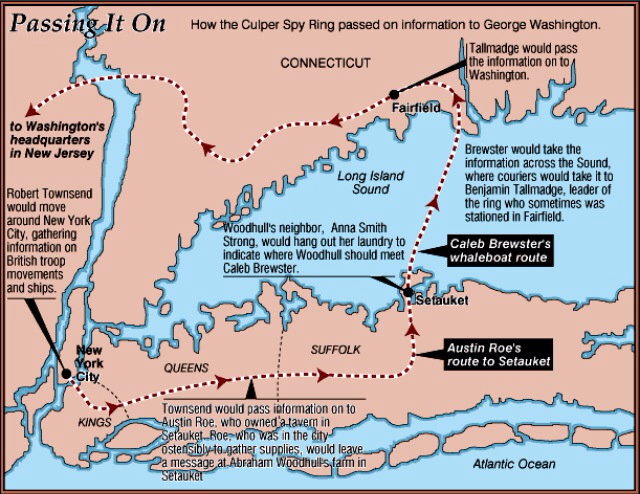Wife of Founding Father Pierce Butler Image: Pierce Butler Mary Middleton was born in 1750, the daughter of Thomas Middleton, South Carolina planter and slave importer. Mary’s uncle Arthur Middleton was a signer of the Declaration of Independence. Mary’s grandmother Mary Brandford Bull willed her holdings, including Toogoodoo Plantation, to her four granddaughters. Three of the granddaughters died soon after receiving their inheritance and Bull’s vast fortune was all transferred to Mary. Pierce Butler was born in Ireland on July 11, 1744, and came to America in 1768 as an officer in the British Army. He was a major in the 29th Regiment, which was sent to Boston in 1768 in an effort to suppress the growing colonial resistance against…





